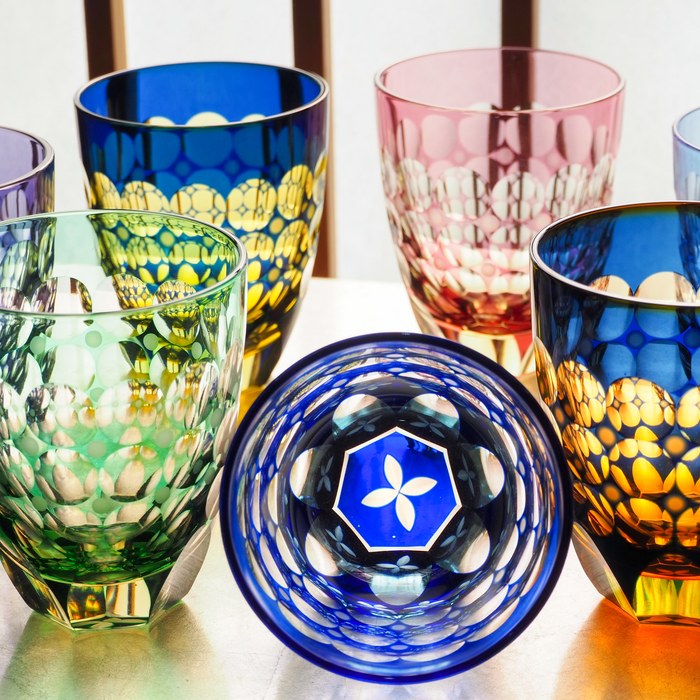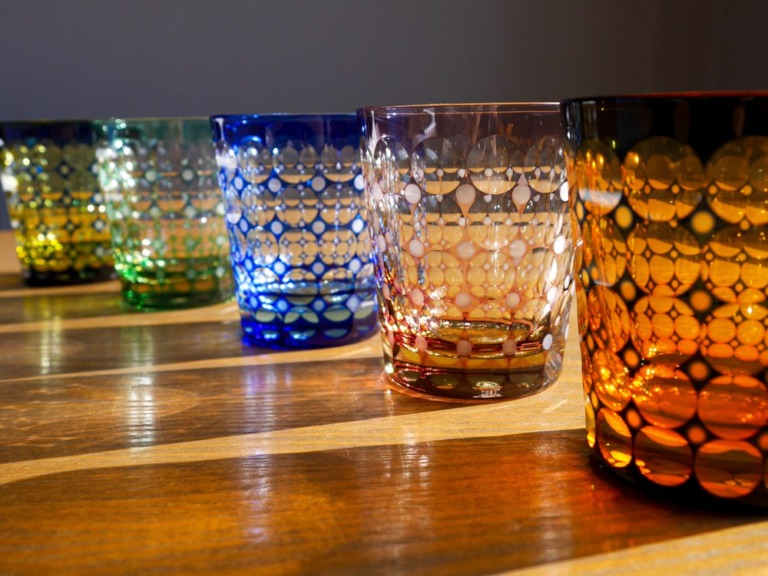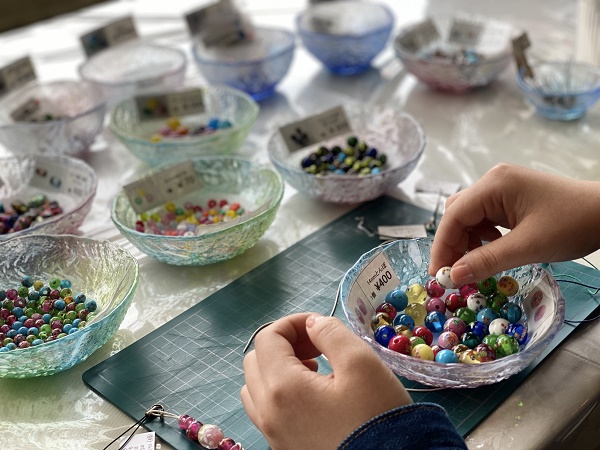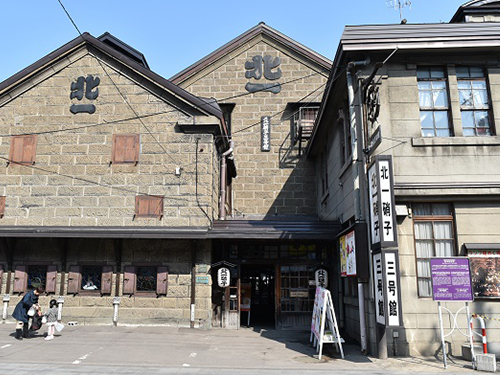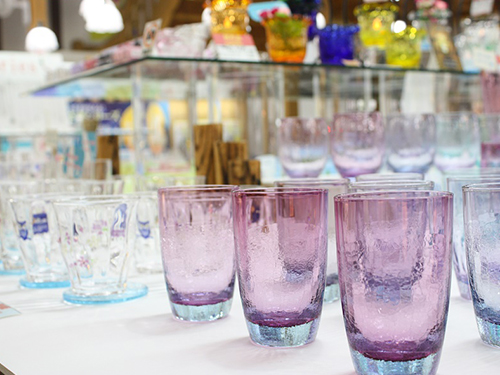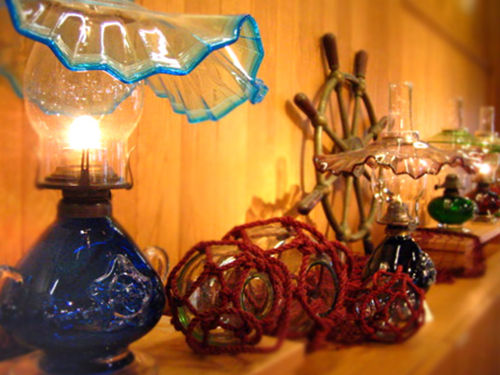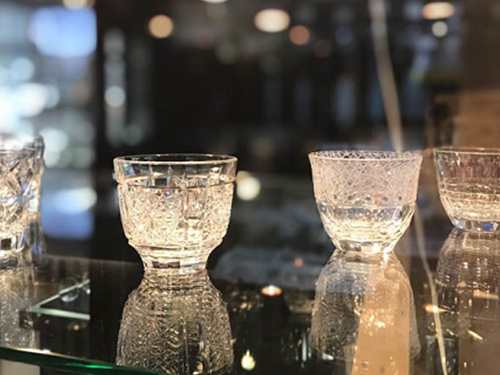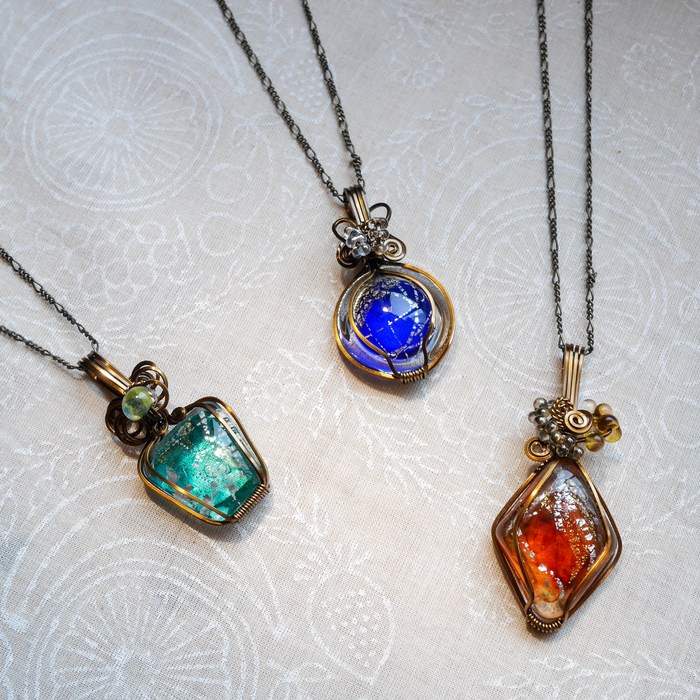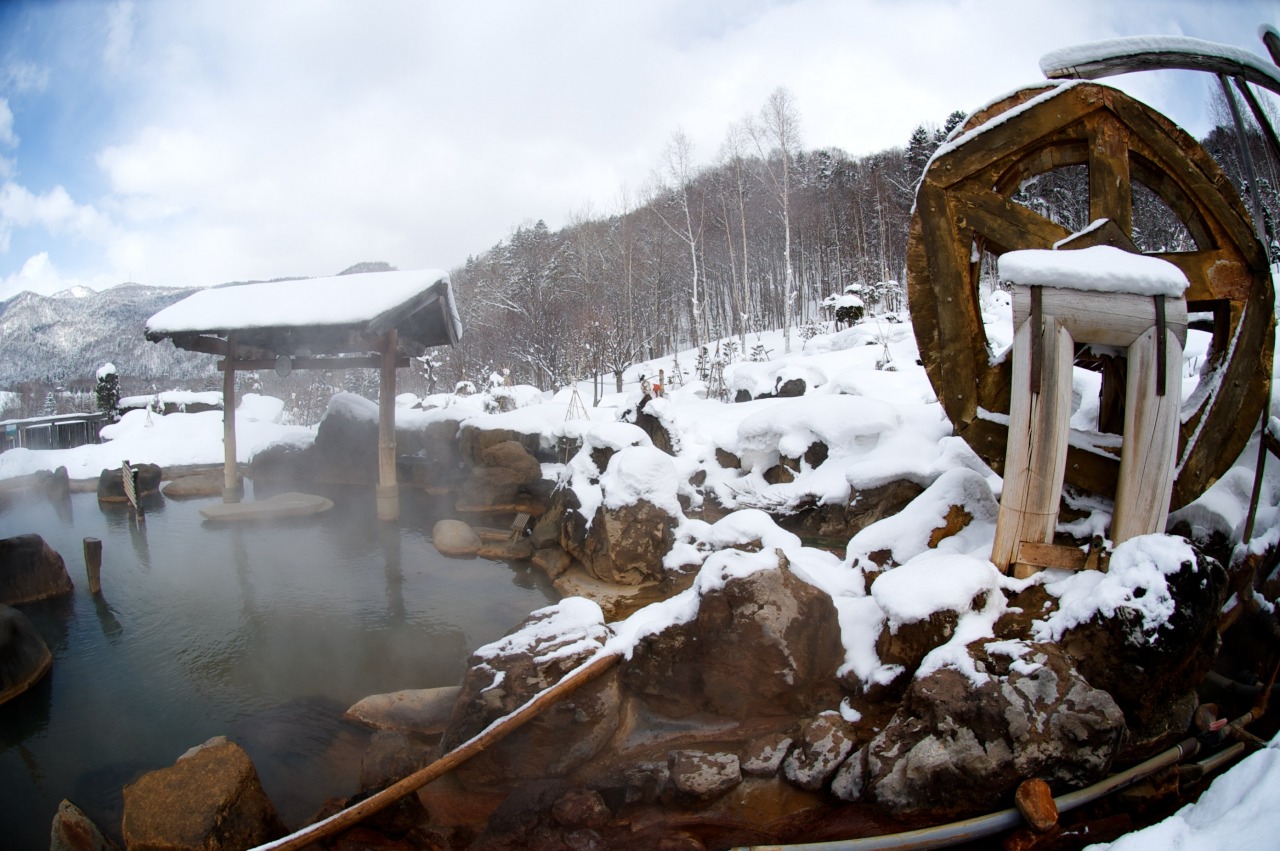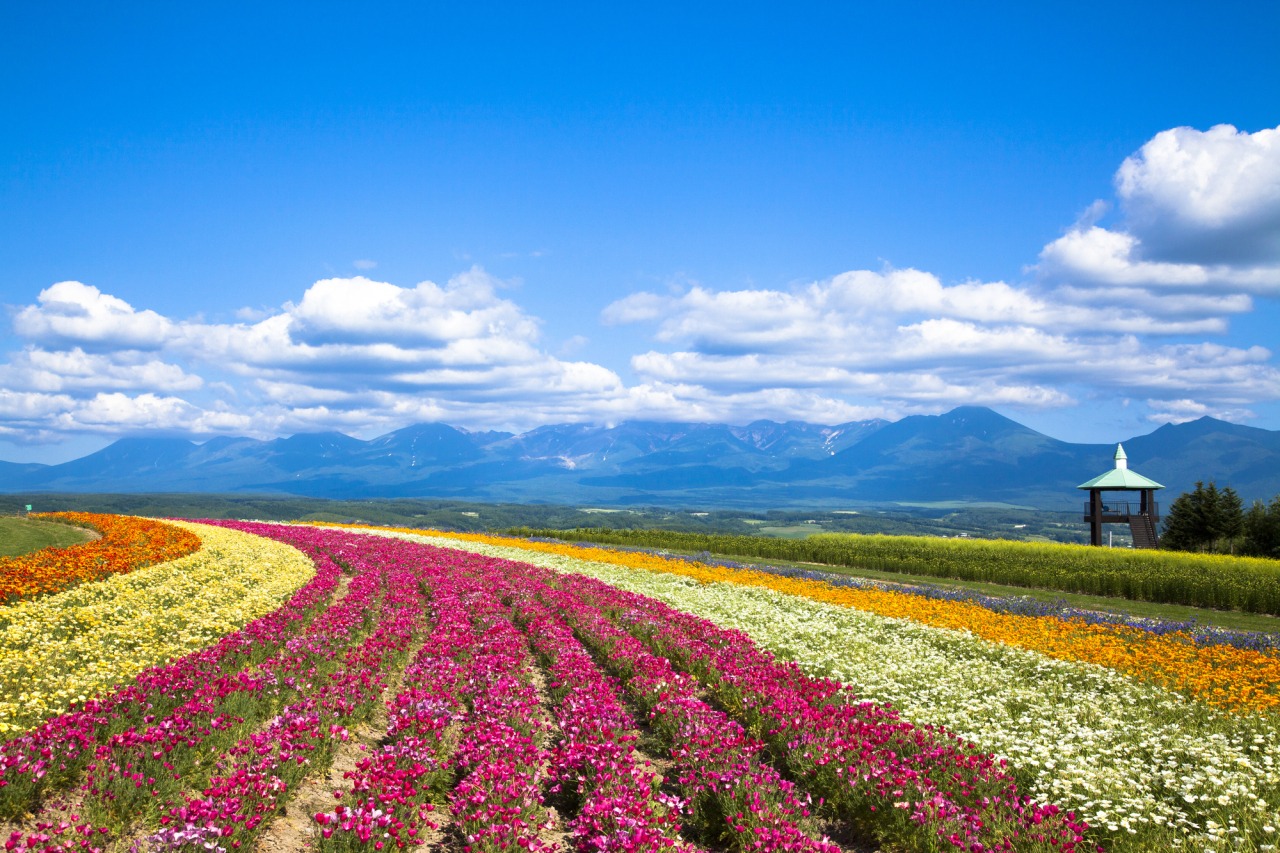

Things to do in Otaru:Kitaichi Glass
Otaru – prosperity during the Meiji period
The roots of Otaru’s prosperity lie in herring fishing, but as the development of Hokkaido began in earnest during the Meiji era, Otaru developed as a gateway port. Many pioneer immigrants landed in Otaru, and Kitamaebune (benzai ships) full of various pioneer supplies and daily necessities gathered there to support them, and the foundation for development as a commercial port was born here.
この投稿をInstagramで見る
In 1898, Japan’s third railway was built between Sapporo and Otaru, which became a key point for distribution.The port was developed, and timber-framed and stone-built warehouses were built one after another to store cargo. In 1902, it was designated as an open port and became an international trading port. At this time, there were already 250 commercial warehouses, including over 100 stone warehouses. Building No. 3, Kitaichi Glass’s representative store facility, was one of them.
この投稿をInstagramで見る
History of Sangokan Warehouse
Kitaichi Glass Building No. 3 is a timber-framed, stone-clad warehouse built in the mid-Meiji period (Meiji 24) by the president of Kimura Warehouse, the first Enkichi Kimura. The role of this warehouse has changed greatly over time. Initially, it was used as a warehouse for the fishing industry, storing processed fish products such as polished herring, but as herring fishing declined, it began to store a variety of other supplies.
The timber frame is made of Ezo pine and Todomatsu, and the main part under the floor is made of cypress. Otaru soft stone is used for the outer walls. Soft stone has excellent insulation properties and is the best material for warehouse walls, and even after more than 100 years, it still retains its original appearance.
この投稿をInstagramで見る
A century of history in Otaru
Asahara Glass, the predecessor of Kitaichi Glass, was founded in 1906, the year before construction of the Otaru-Hakodate railway began. The first president, Hisakichi Asahara, moved from Kyushu, the birthplace of Satsuma Kiriko, to Hokkaido and began manufacturing oil lamps in Otaru. At a time when electricity was not widespread, oil lamps manufactured by Asahara Glass were a necessity for people’s daily lives. Furthermore, in 1901, the company began manufacturing floating balls for fishing, and expanded manufacturing factories in Otaru, Muroran, Asahikawa, Kushiro, and Sakhalin, and the number of employees increased to about 400, making it one of the largest companies in Hokkaido at the time. I was there.
この投稿をInstagramで見る
Harmony of Otaru culture and glass
As mentioned above, Otaru is a region that developed rapidly in Japan after the Meiji era. It also achieved rapid development as a gateway port for the development of the entire area of Hokkaido, as a shipping port for exporting Hokkaido products, and as a relay port to Sakhalin. This era was also a time when various foreign cultures and civilizations flooded into Japan as part of the Meiji government’s national policy of lifting national isolation. New railways, mansions, temples and shrines, inns, restaurants, and more were being built.
この投稿をInstagramで見る
However, with the end of the war in 1945, major development came to a complete halt. Due to subsequent legal revisions and changes in social conditions, the core of Hokkaido’s economy was completely shifted to Sapporo in the 1960s, and Otaru remained for some time with the adjective “swanning”.
However, not all of the great cultural heritage was lost. The buildings and townscapes of the Meiji and Taisho periods remain in their original form as valuable cultural heritage. Having correctly recognized the value of this precious historical and cultural heritage, our major theme at Kitaichi Glass is how to achieve harmony with glass.
この投稿をInstagramで見る
I want to convey Otaru’s culture to as many people as possible.
Old cities all over Honshu have long historical backgrounds, but Otaru can be said to be a town that got its start by simultaneously incorporating Japanese and Western culture at the dawn of modern Japan. It has also developed from a very global perspective, resulting in unique urban formations.
Considering Otaru’s growth process, we believe that there is great value in preserving the city. Otaru, which has escaped easy modernization through scrap-and-build methods and retains its individuality, was originally an economic and cultural center.
We believe that conveying the charm of this town is an important mission of Kitaichi Glass, which was born in Otaru.
Link:Kitaichi Glass
https://kitaichiglass-co-jp.translate.goog/?_x_tr_sl=ja&_x_tr_tl=en&_x_tr_hl=ja&_x_tr_pto=wapp
